I have been asked to write about the color of the wrappers you can see on cigars, from light yellow to very dark blackish brown, or even black. There is such a huge difference between both extremes that it is natural to wonder if they originated from the same plant.
You need to know that all tobaccos cultivated for smoking come from the subgenus Nicotiana Tabacum, species Nicotiana Tabacum L. You can presume that all tobaccos look the same, but two main factors intervene to make this presumption false: Mother Nature, who is not that simple, and Mankind, who likes to disturb her. By nature, leaves become darker and thicker going from the bottom to the top of a tobacco plant. Air grown tobacco, like Sumatra and Cameroon (the most natural types), offers colors from pale yellow to dark brown once processed without any artifice. Of course, weather conditions during the growing period and soil properties will have an influence on the final result, but the end result will be a range of colors, from light to dark.
If you look at Cameroon wrapped cigars, you will not see yellowish or blackish wrappers because these colors are rejected as out of standard, but they do exist. You will just see colors in the brown range, from light to dark. Other types, like Bahia, give a naturally darker range of colors, in comparison with the Sumatra and Cameroon.
How Wrapper Colors are Modified
There are lots of ways that tobacco growers can alter a wrapper’s color. Genetics, process, curing and fermentation are the most commonly used.
Genetics: by creating hybrid seeds through selective breeding, growers can help fix some types of tobacco with more steady characteristics. For example, Corojo tobacco was derived from the Criollo seed through this method. Corojo tobacco is highly regarded for its dark brown (Colorado) color, uniformity and thin veins. Although it is very susceptible to Blue-Mold, and other diseases that affect tobacco.
Process: by creating an artificial environment, agronomists can alter a wrapper’s color. For example, growing tobacco under a canopy of cheesecloth (or other materials) shields the plant from direct sunlight. This process produces tobacco leaves that are lighter in color. The Connecticut Shade wrapper is a perfect example.
Curing: Tobacco growers can have an influence on the color at time of curing as well. They heat the drying barn with hot air (flue curing) to fix up the leaves at the yellow stage and avoid them to turn brown, as they would naturally do. Then, the whole process of stabilization is adapted to keep the color light.
Fermentation: Another way to change the color is to push the fermentation a bit more than what is normal, bringing more humidity and letting the temperature rise higher: as a result, the tobacco comes out darker. This process is used to blacken a tobacco that is normally brown. It is used to prepare Maduro wrappers. In some cases, the tobacco is cooked: it is dipped in slightly boiling water during several days and then kept soaked in wooden boxes until it is used to make cigars. This process is typically used for Massachusetts Broadleaf wrappers, probably the best for Maduro cigars. It represents a poor yield for the manufacturer but great taste for the smoker.
So, we've listed the factors influencing the color of the wrapper tobacco: the type, the soil and weather growing conditions, the curing, and the processing. From light yellow to black, in many different shades of brown, and sometimes a little red, everyone can find their preferred color. Even if you like green, you can smoke a cigar with a Candela wrapper, which results from a very short curing process.
Classification of Cigars by Their ColorCigars are often classified by the color of their wrapper. Since each wrapper color is obtained from different leaves and curing methods, it can be affirmed that each type of wrapper will give a cigar a unique taste and depth of flavor. The colors most commonly seen are:
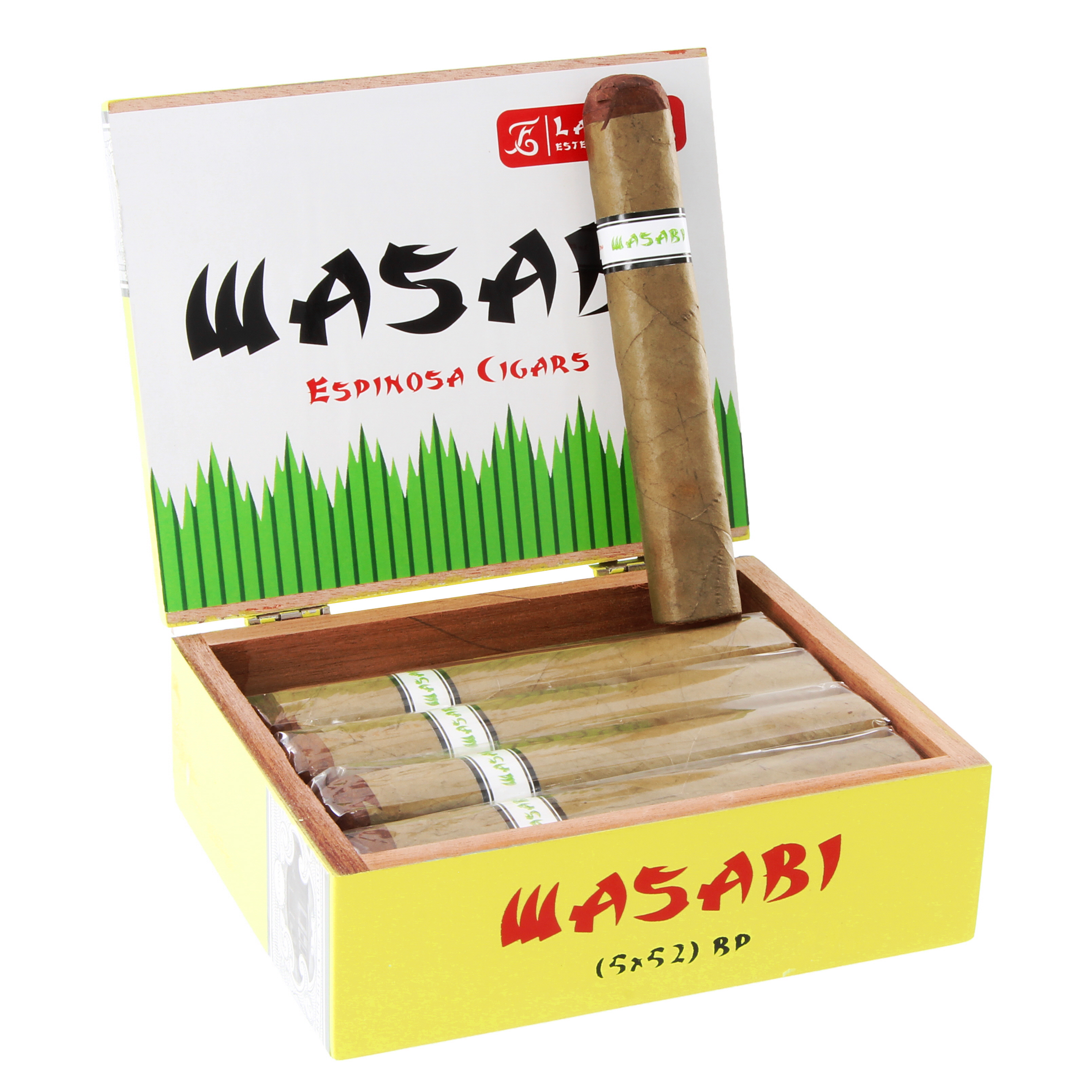 Double Claro: Light green wrapper also called American Market Selection or Candela, very mild flavor like the Espinosa Wasabi.
Double Claro: Light green wrapper also called American Market Selection or Candela, very mild flavor like the Espinosa Wasabi.
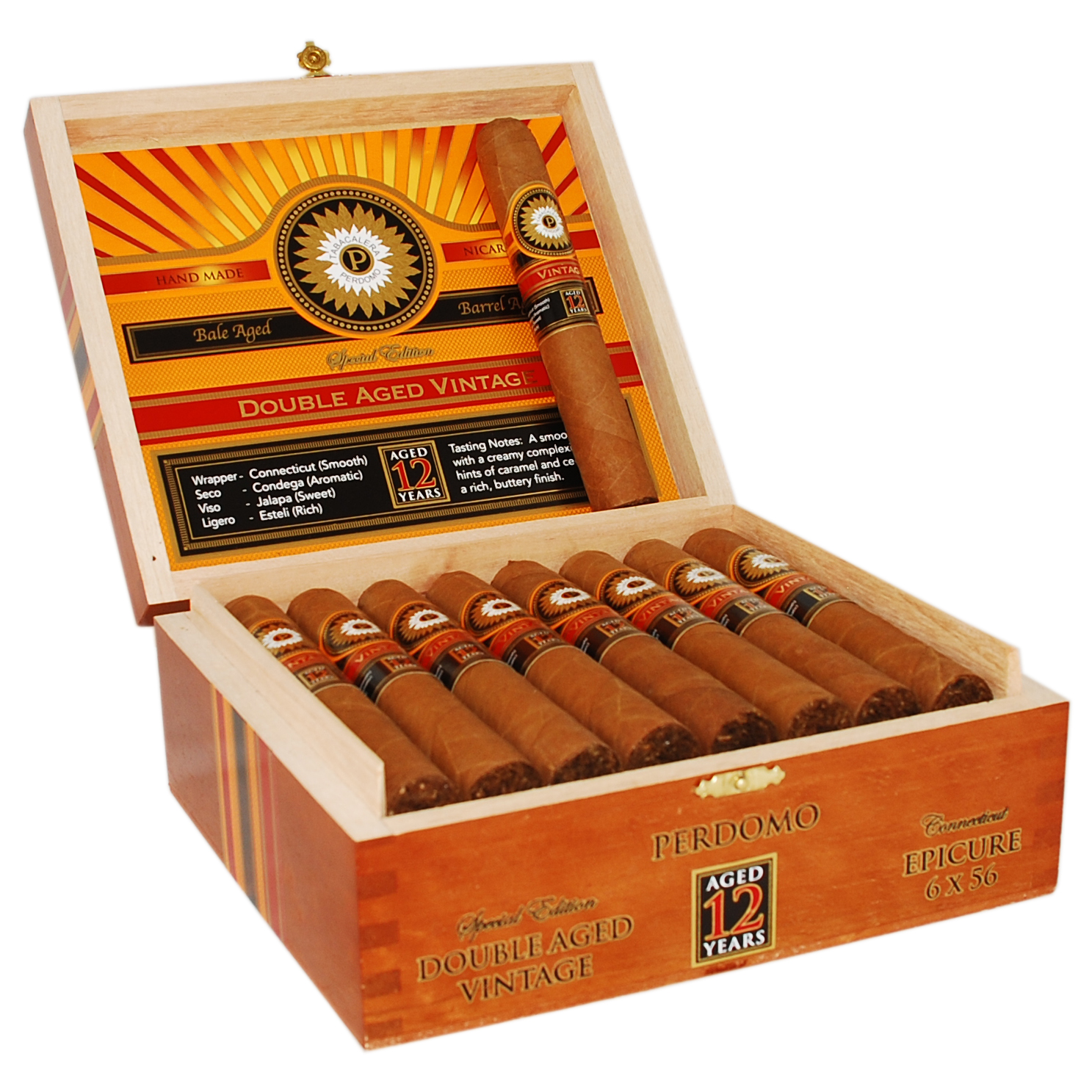 Claro: Light tan wrapper, usually shade-grown wrappers like Connecticut Shade, mild and smooth flavor such as the Perdomo Double Aged 12 Year Connecticut Epicure.
Claro: Light tan wrapper, usually shade-grown wrappers like Connecticut Shade, mild and smooth flavor such as the Perdomo Double Aged 12 Year Connecticut Epicure.
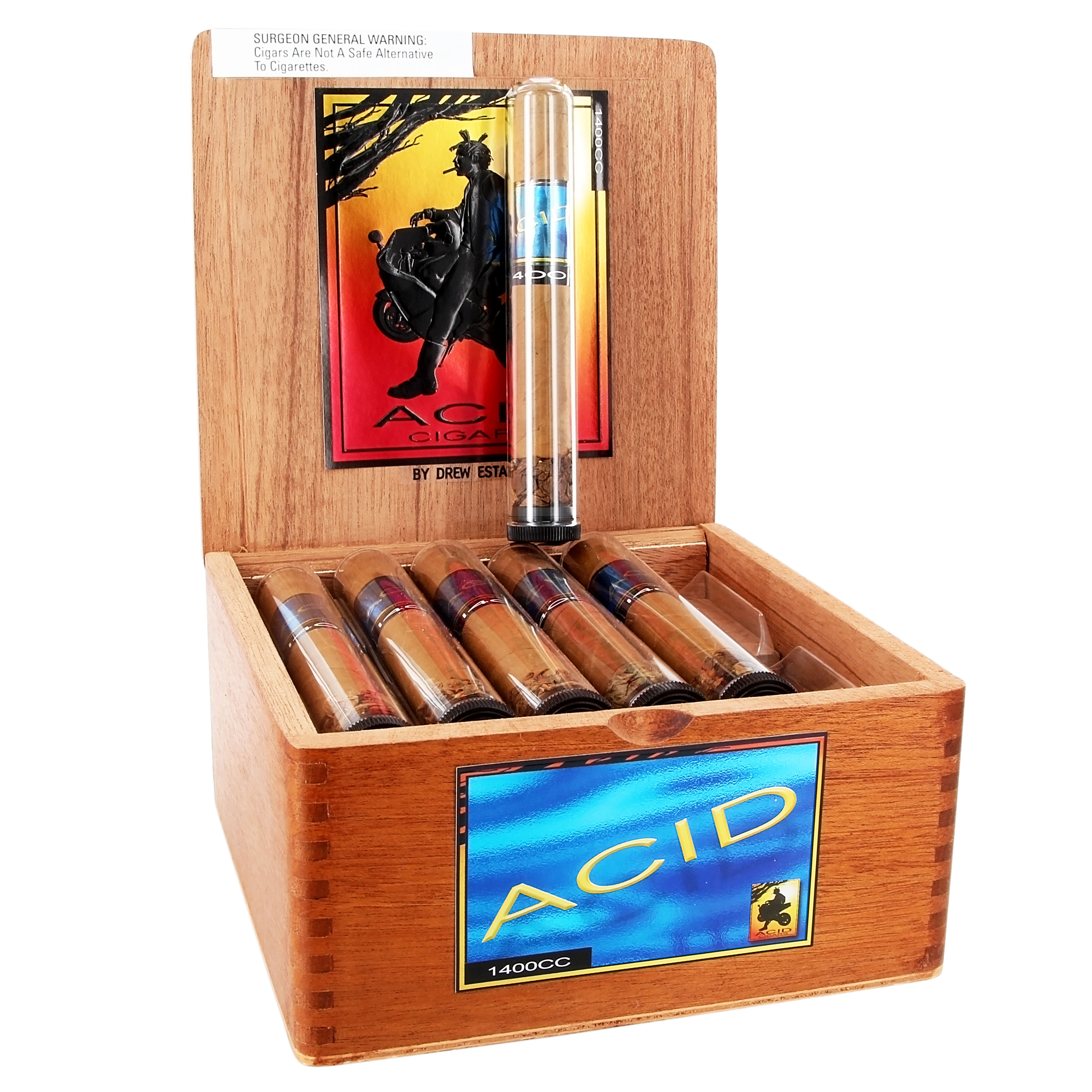 Natural: Light brown to brown, also called English Market Selection, often sun-grown wrappers, fuller bodied flavor than the Claro like the Acid Blue (Remi).
Natural: Light brown to brown, also called English Market Selection, often sun-grown wrappers, fuller bodied flavor than the Claro like the Acid Blue (Remi).
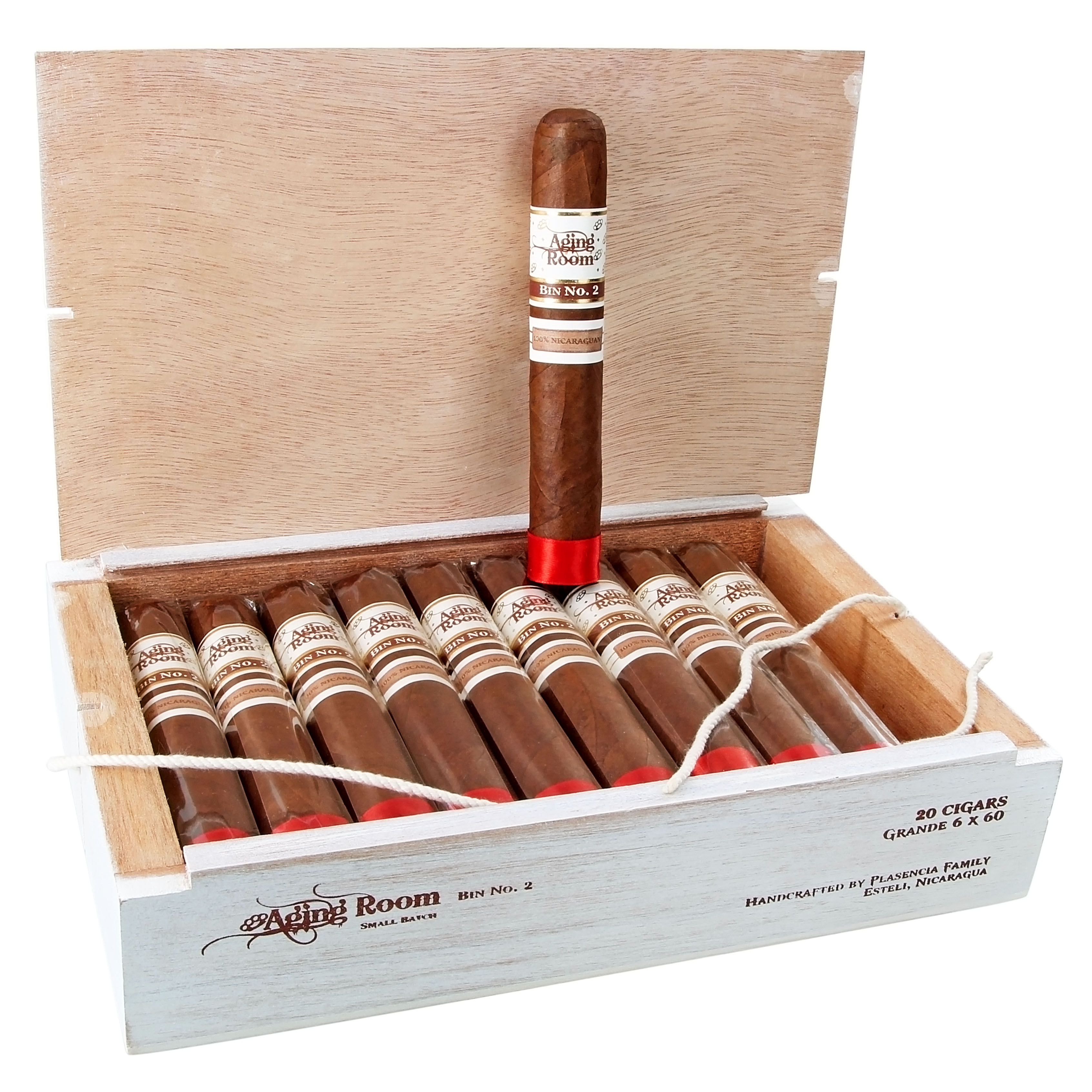 Colorado: Reddish dark brown, robust and rich flavor. Colorado Maduro: Dark brown, aromatic and rich medium flavor like the Aging Room Bin No. 2.
Colorado: Reddish dark brown, robust and rich flavor. Colorado Maduro: Dark brown, aromatic and rich medium flavor like the Aging Room Bin No. 2.
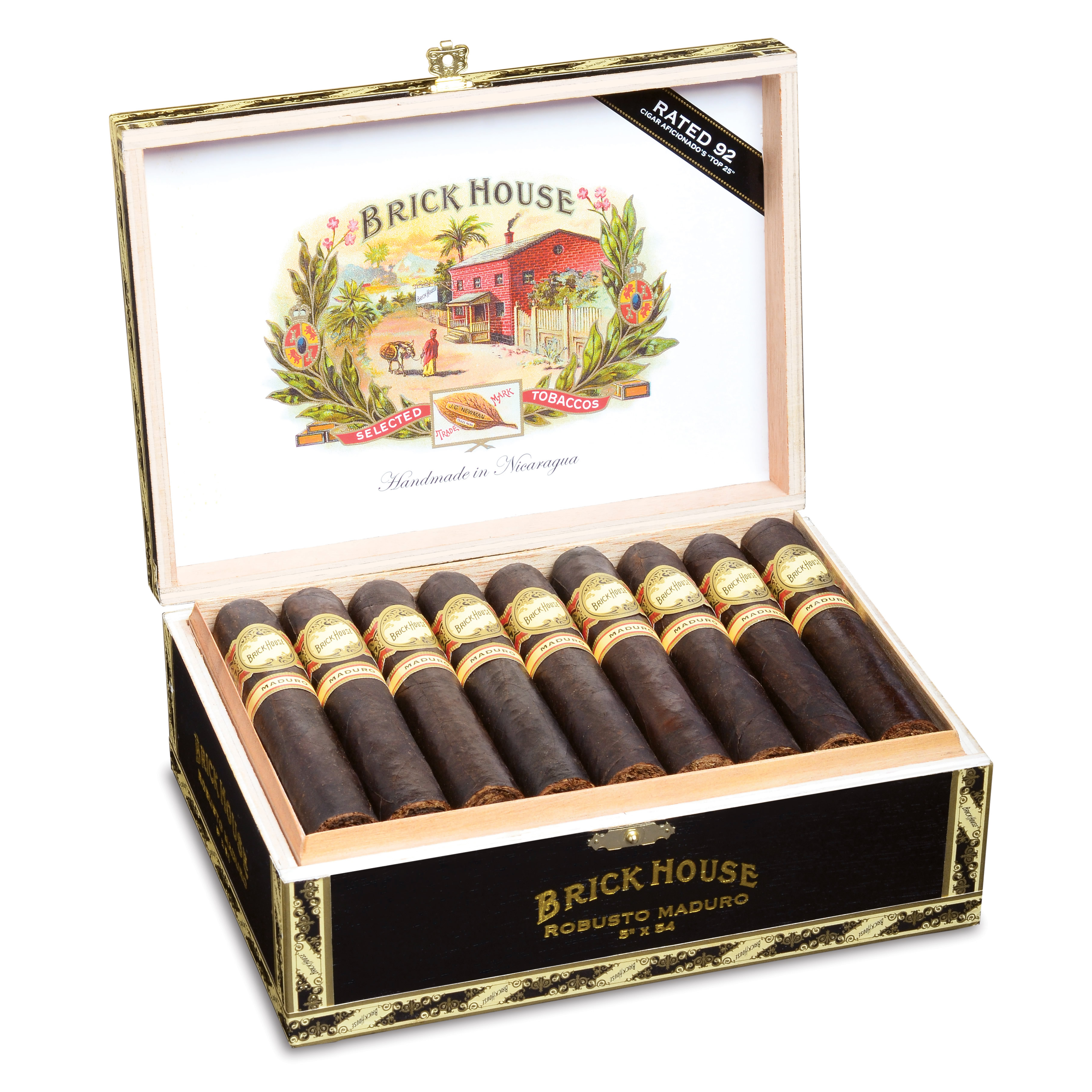 Maduro: Very dark brown, usually sweet and strong flavor. The darkest maduro wrapper, called Oscuro, is almost black and stronger than the lighter maduro wrappers, usually from Nicaragua, Mexico, Brazil or Connecticut Broadleaf for example the Brick House Robusto Maduro.
Maduro: Very dark brown, usually sweet and strong flavor. The darkest maduro wrapper, called Oscuro, is almost black and stronger than the lighter maduro wrappers, usually from Nicaragua, Mexico, Brazil or Connecticut Broadleaf for example the Brick House Robusto Maduro.
Do want to expand your smoking horizons based on the cigar's wrapper?
On top of our web page(s), hover over the Cigars tab, click Cigar Finder then scroll down until you see Wrapper Color and choose the color(s) you are interested in trying. Our powerful cigar search engine will scour our extensive inventory and retrieve the best matches. Happy hunting!
Published on May 1, 2008.
Updated on April 1, 2021.